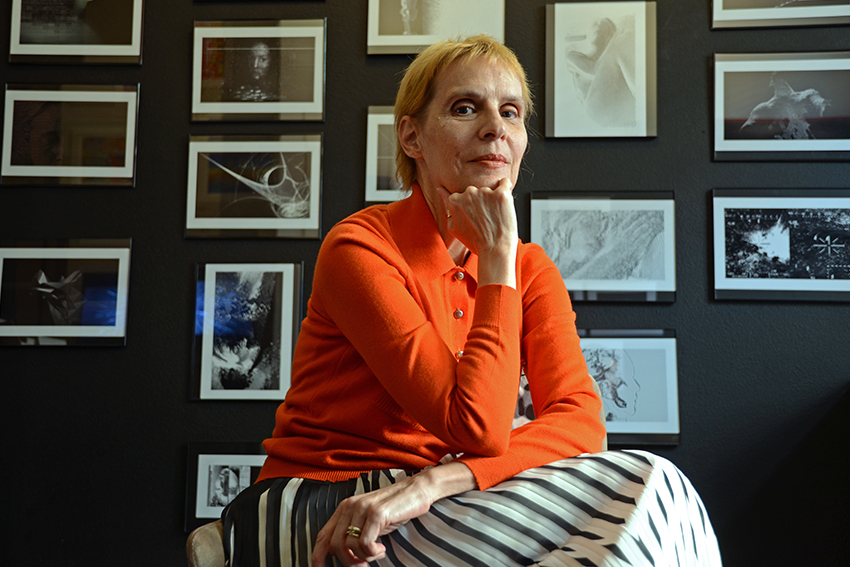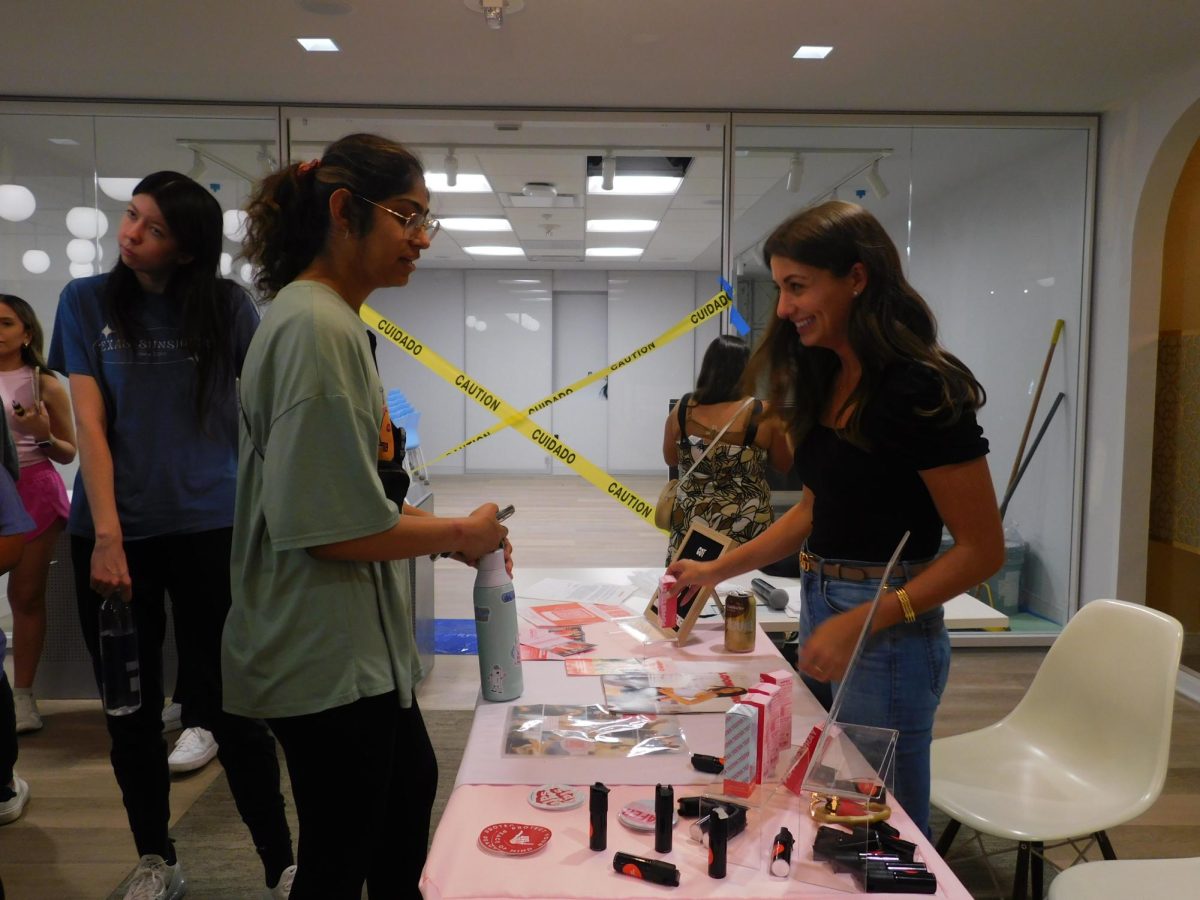Automation and technology have already made their presence commonplace across various businesses and industries, but their newest sphere of influence may come as a surprise.
Since June 2018, curator and writer Julia Morton has made careful selections for her new Sixth Street art gallery, but the selections’ digital formats are not typical for an art space. Morton said she channels her experience as an art critic and infatuation with science into assembling collections for the Generative Art Project, a medium providing a platform for artwork completed nearly or entirely by autonomous, programmed machines.
“The (generative art) movement encourages expression from a diverse assortment of talent,” Morton said. “I try to pull from the best artists around the globe who are doing something really original, something cutting edge.”
By complicating the formerly direct relationship between artists and the objects of their creation, generative art is well-suited to examining the current digital landscape, Morton said.
“Generative art is fundamentally a synthesis of human creativity and machine capabilities,” Morton said. “This aesthetic style is positioned to comment on the many complex relationships we form with technological entities and inanimate objects. I’m curious to see how artists document the information age.”
Running Nov. 2–28, the Generative Art Project presents “Data Selfies,” a collection of two videos and six related prints by James Pricer, an Austin-based data scientist-turned-data artist. One piece of the exhibit aims to interpret DNA data through an evolving visual loop, while another features data collected from the Pan-STARRS telescope of Haleakala in Maui, Hawaii.
Pricer said aspects of his technical background, including patents in pattern recognition and software, contributed toward the depiction of man-machine relations.
“I use data and computers to enhance my own and my audience’s aesthetic,” Pricer said. “As a former data scientist, I can employ data to create colors, color juxtapositions, shapes and camera perspectives that are capable of making some of the aesthetic decisions during creation.”
The intersections of these fields entail an intensive process that effectively communicates with audiences. For this particular artistic endeavor, the traditional stages of the scientific method are entangled with attention to visuals, rhythm, audio and artistic narrative.
“Questioning, hypotheses, predictions and experimentation is how I work to create video or print art,” Pricer said. “I have questions about how data from statistics and algorithms will look as abstraction. Just like the scientific method, this is an iterative process requiring many instances of data, code, and sometimes special effects or moviemaking software.”
Studio art freshman Patience Hebert said automated art’s artificial component could impact notions of what constitutes an artist.
“In some sense, there is a reorientation of the fixed idea of ‘artist,’” Hebert said. “It seems that generative methods are more spontaneous. Maybe artists will become surprised by their own creations.”
As technology continues reaffirming its permanence in everyday life, artistic expression may open itself up more to automated techniques, thus utilizing human versatility.
“We are seeing a revolution in art,” Pricer said. “This will be the future if we stop segmenting children into ‘scientific’ or ‘artistic.’ The future of art is programming, but the speed of change will be the speed at which we can nurture all parts of children.”





















